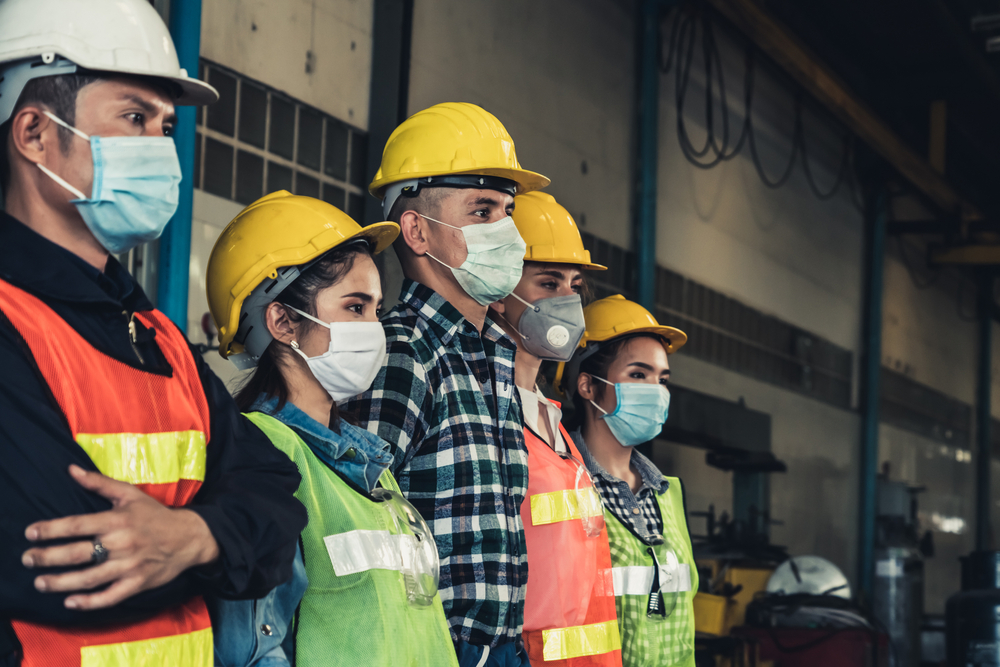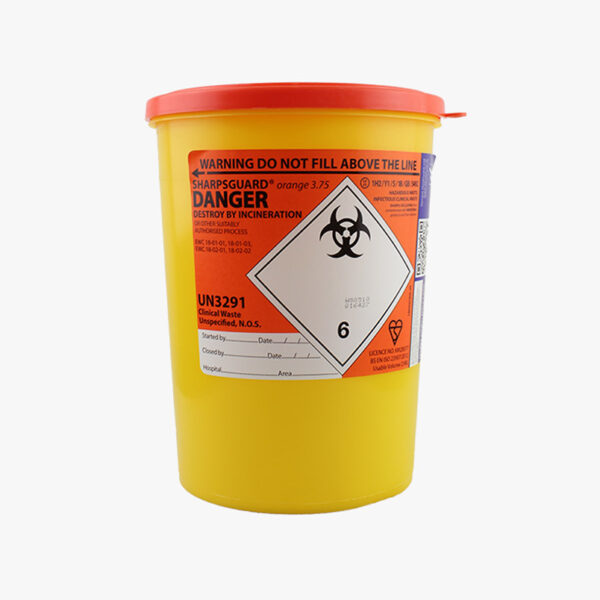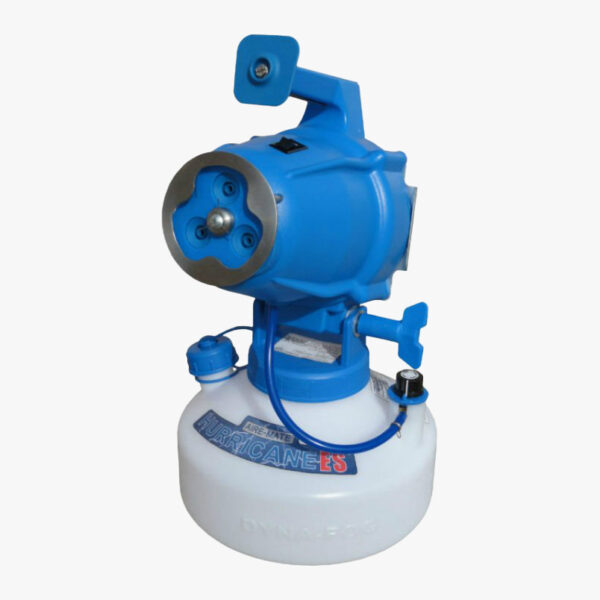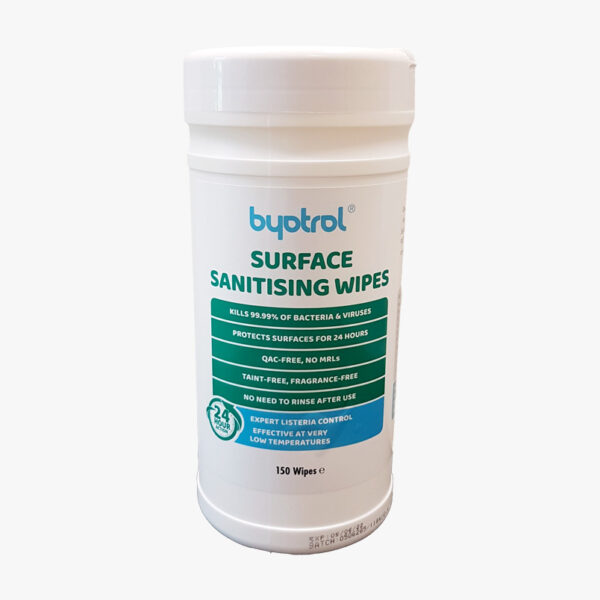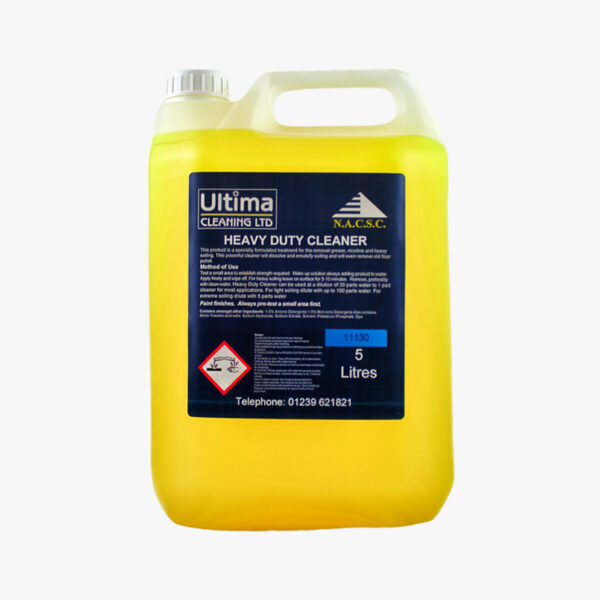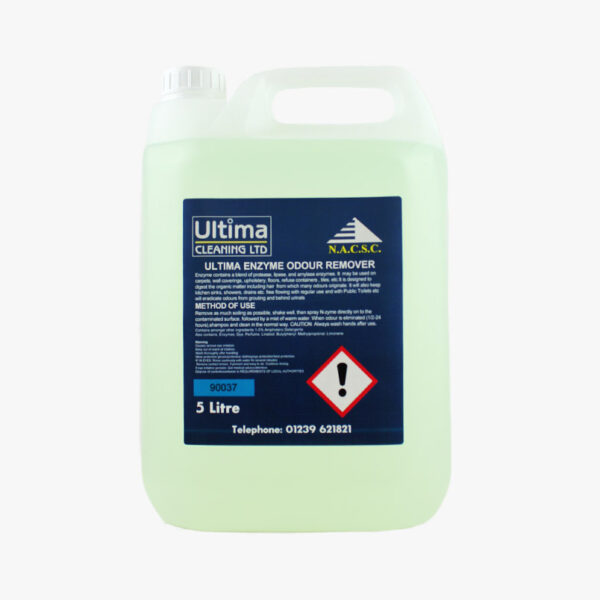What does PPE stand for?
PPE stands for Personal Protective Equipment. Workplace safety equipment is essential in any environment where workers are at risk of injury from hazards like corrosive liquids, biohazards, or falling objects.
Who is responsible for providing PPE?
Companies have a legal responsibility to protect their employees against health and safety risks at work by providing suitable safety equipment, protective cleaning products, and sanitising products.
Do employers need to provide PPE training?
Using PPE might seem straightforward, but employees must be shown how to use PPE correctly for it to be effective. This responsibility typically falls on the manager in charge of health and safety within an organisation.
In this article, we will cover everything that you need to know about PPE and why it plays a vital role in minimising occupational safety hazards.
What is PPE and why is it important?
The Health and Safety Executive (HSE) describes PPE as “equipment that protects the user against health or safety risks at work.” PPE includes a wide variety of products such as safety gloves, safety glasses, face shields, and head protection.
What is PPE used for?
Personal protective equipment is specially designed to reduce the risk of injury or infection from occupational safety hazards.
It can be used in a wide variety of industries and settings, for instance, when cleaning hazardous materials like blood stains or when handling used sharps.
Why is PPE essential?
Government statistics reveal that more than one million workers are injured or made ill by their work every year in the UK. Work injuries can cause serious health issues and have a lasting impact on employees and their families.
Why is PPE important in the workplace?
There are also high-cost implications for businesses and UK companies lose billions of pounds each year as a result of workplace injuries.
PPE is essential because it protects employees and reduces the risk of accidents and injuries in the workplace.
Who is responsible for providing PPE?
Employers also have a legal responsibility to provide PPE under the Personal Protective Equipment at Work Regulations 1992 summary.
Failure to comply with the relevant PPE regulations and provide appropriate PPE can lead to fines and negligence claims.
Can PPE be reused or shared?
Most PPE is designed to be single-use and should be disposed of after being used. The protective capabilities of PPE may be compromised if multiple people use the item and so sharing PPE is not advised.
There are a few exceptions to this rule. For example, safety eyewear and face protection can often be used multiple times as long as they are sanitised correctly in between uses.
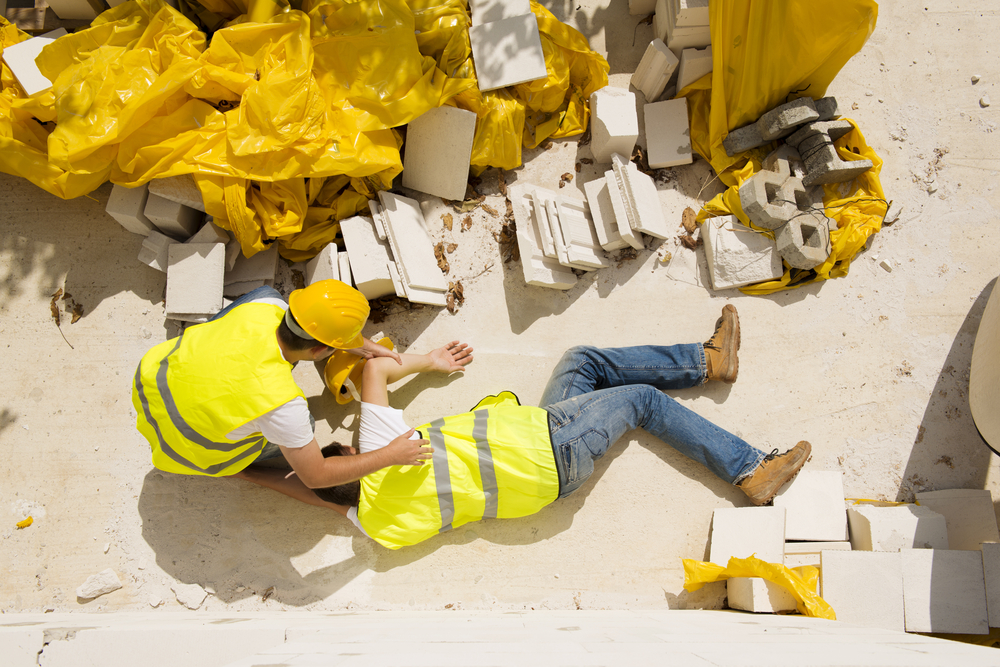
What equipment do we use?
PPPE covers a broad range of equipment including high-visibility clothing, coveralls, ear-defenders, safety footwear, eye protection, and safety gloves like Hexarmor™ gloves. It also includes respiratory protective equipment (RPE) e.g. air filtering devices.
Managers must identify workplace hazards and invest in suitable PPE and essential protective cleaning products to protect employers.
Buy personal protective equipment online
At Ultima, we stock a wide selection of PPE from leading brands like Hexarmor™. You can browse our full range of PPE products and commercial cleaning products here.
We also offer an extensive range of UK disinfecting products and specialist cleaning supplies like fogging machines, surface cleaner, and high-grade disinfectant for coronavirus.
You can buy protective cleaning products online and have them delivered directly to your business facility.
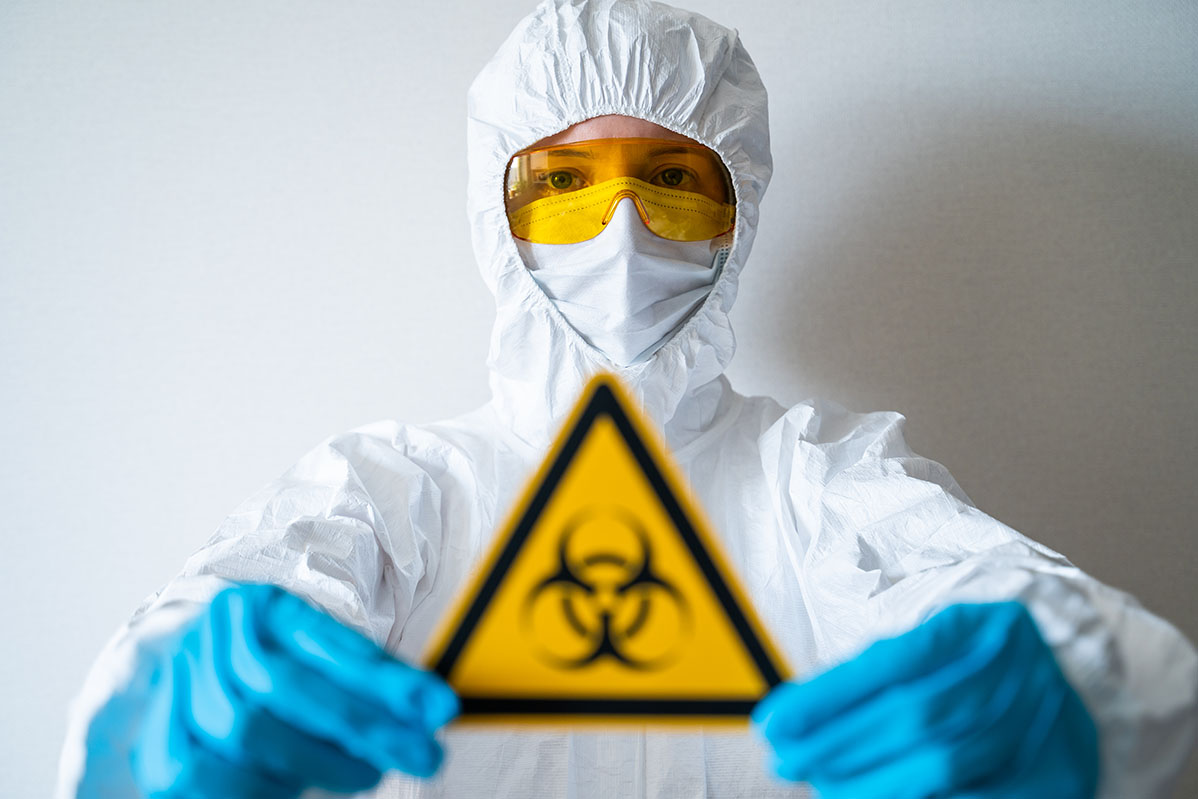
What PPE maintenance is required?
PPE must be properly looked after and maintained to keep it in good condition. All PPE items must be kept in a clean, dry location when not in use.
Where should PPE be stored?
Store PPE in a convenient location where employees can access it quickly and easily. If PPE is reusable, then make sure that it is cleaned thoroughly before it is stored away.
Some PPE will require replacement parts e.g. you will need to replace respirator filters on RPE. Always use parts that match the original and purchase replacements from a reputable PPE supplier.
Who is responsible for PPE maintenance?
Elect someone in your company who is responsible for the maintenance of PPE and encourage employees to notify this person immediately if any PPE items are lost or damaged.
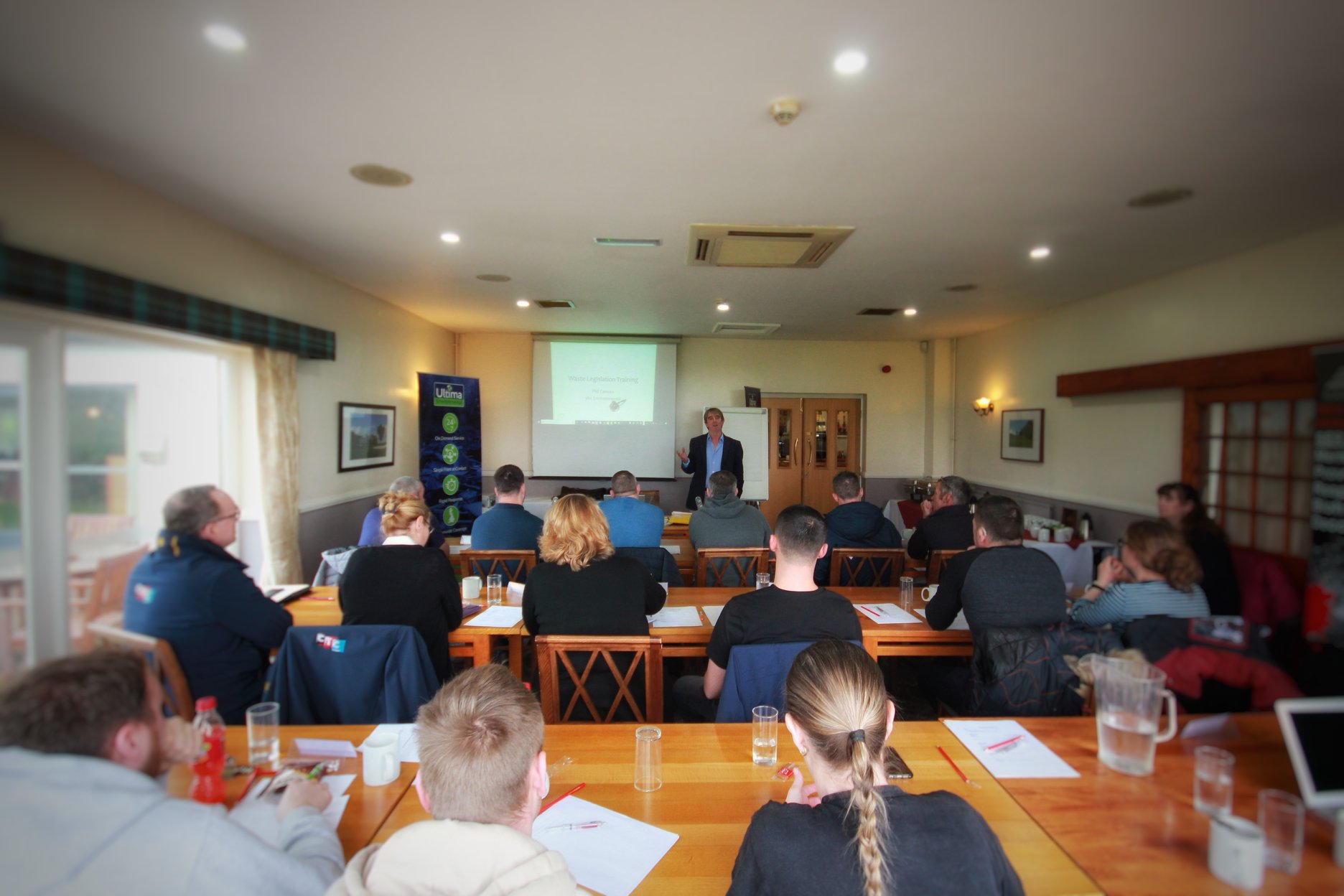
How do I introduce a PPE implementation programme?
Any company that uses PPE should introduce a PPE implementation and commercial cleaning programme. As an employer, you cannot simply hand out PPE and expect your workers to know how to use it.
You must make employees aware of identified workplace hazards and what PPE and cleaning solutions are used to minimise the risk.
Each piece of PPE should be tested to check its effectiveness. Employees must be shown where PPE is kept and taught how to use it correctly.
PPE training course
A PPE training course should cover core topics such as why PPE is necessary, how to use and maintain PPE, and how to check PPE for signs of wear and damage.
You can train your staff internally or hire an external agency to deliver PPE training to your staff.
Monitoring PPE usage in the workplace
You must monitor PPE usage in the workplace and check that appropriate PPE is being used. If it is not then find out why e.g. staff may not be wearing protective coveralls because they fit poorly and are uncomfortable to wear.
Enforce a strict health and safety policy when it comes to PPE and place signs around the workplace reminding employees that PPE should be worn.
Finding the right training
PPE is especially important when handling biohazard cleanup and sharps collection. Our e-learning platform, Ultima Cleaning Academy, has many in-depth biohazard cleaning courses covering not only the correct PPE to utilise in these situations but providing a holistic programme that will equip you to make these environments safe.
Summary
Why is PPE important?
Many work environments expose employees to safety risks such as corrosive liquids, sharp objects, and airborne biohazards. Employers have a legal responsibility to control these risks and protect workers from harm.
Providing suitable PPE and cleaning materials is one of the most effective ways to maintain high health and safety hazards in the workplace.
Implementing a strict PPE programme will help keep your employees safe and minimise the risk of accidents and injuries. You can visit Legislation.gov.uk for the latest regulations and updates surrounding the use of PPE in the workplace.
